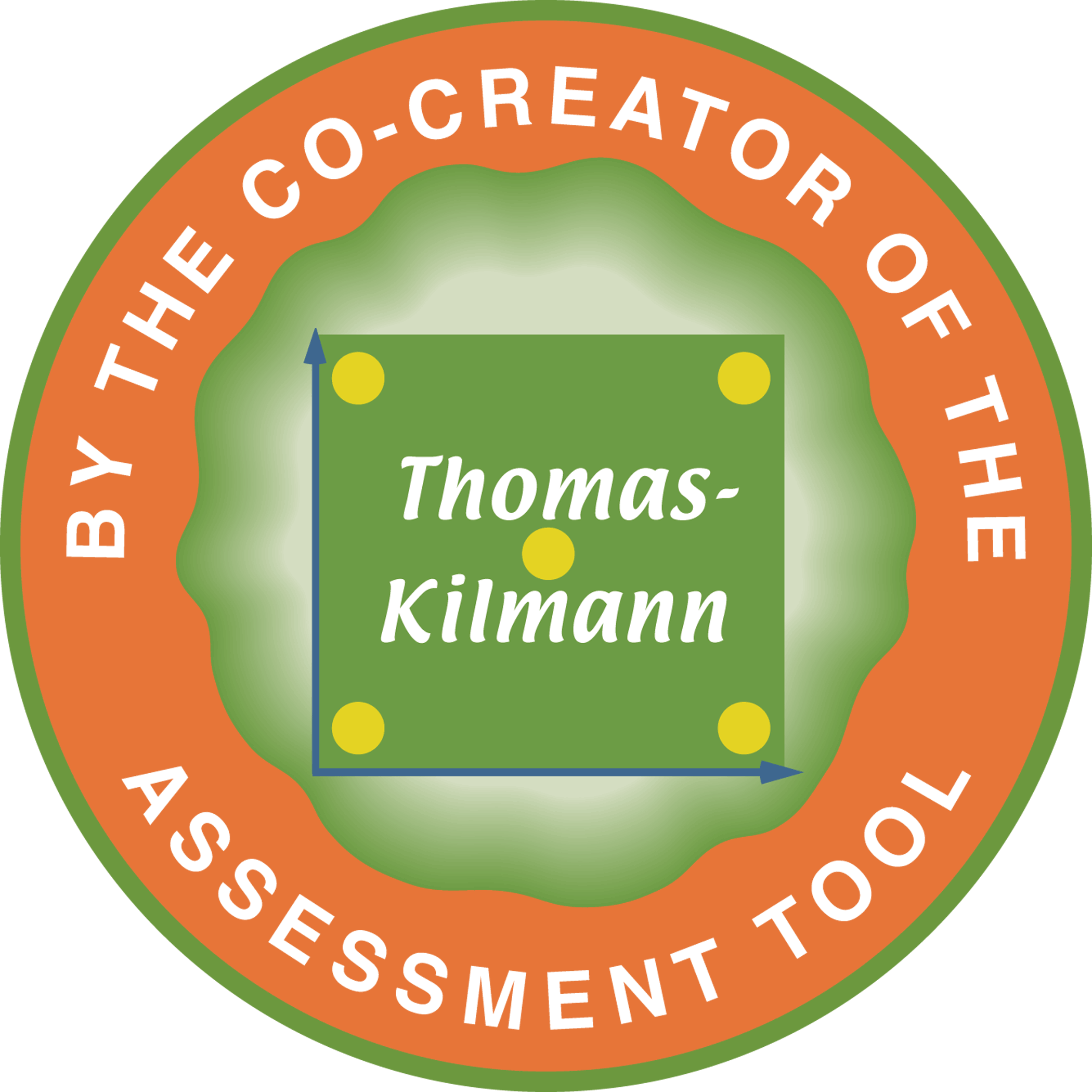08 Jan How to Create and Maintain a Healthy Company Culture
Ralph H. Kilmann, co-author of the Thomas-Kilmann Instrument (TKI)
Why does one organization have a very adaptive culture while another has a culture that lives in the past? Is one a case of good fortune and the other a result of bad luck? On the contrary, it seems that any organization can find itself with an outdated culture if its culture is not being managed explicitly. And, as you might expect, if an organization is growing in sales and size, it will be even more challenging to create and maintain a healthy company culture.

If left alone, a culture eventually becomes dysfunctional. Human fear, insecurity, oversensitivity, dependency, and paranoia seem to take over unless a concerted effort to establish an adaptive culture is undertaken. People have been hurt at one time or another in their lives, particularly in their childhoods. It is, therefore, rather easy to scare people into worrying about what pain or hurt will be inflicted in the future, even in a relatively nonthreatening situation. As a result, people cope by protecting themselves, by being cautious, by minimizing their risks, by going along with a culture that builds protective barriers around its units and around the whole organization.
Although corporate culture manifests itself through stories, rites, rituals, symbols, slogans, and songs, the way to redirect dysfunctional organizational behavior is by managing cultural norms. Even cultural norms that dictate how one should behave, the opinions one should state, and one’s facial expressions can be surfaced, discussed, and altered.
In a workshop setting of peer groups, without any superiors present in any intact group (so everyone feels safe and secure), the first step in the culture track is for all group members to list the actual norms that currently guide their behaviors and attitudes. In order to get the process started, it only takes a little prodding and a few illustrations to move the discussion along. But once the process begins, members are quick to suggest many norms. In fact, they seem to delight in being able to articulate what previously was never stated in any document and rarely mentioned in any conversation.
For an organization whose culture is dysfunctional, some of the actual norms that members may list are: Look busy even when you’re not; don’t be the first to disagree; don’t step on the toes of senior management; laugh at those who suggest new ways of doing things; complain a lot; don’t be the bearer of bad news; shoot the messenger who brings bad news; don’t trust anyone who seems sincere; ridicule the work of other groups. Ironically, the one norm that must be violated so that this list can be developed is: Don’t make norms explicit!
Next, group members are asked to develop a list of the desired norms that would lead to long-term organizational success. At this point, the members usually recognize the impact that unwritten rules have had on their behavior. They experience a sense of relief as a new way of life is considered. They realize that they no longer have to pressure one another to behave in dysfunctional ways. The members can create a new social order within their own work groups and within their own organization. Part of this sense of relief comes from recognizing that their dissatisfactions and ineffectiveness are not the result of their being incompetent or bad individuals. It is much easier, psychologically, for members to blame the invisible force called culture — as long as they take responsibility for changing it.
Some of the desired norms that are often listed as necessary to help an organization adapt to dynamic complexity are as follows: Be willing to take on responsibility; initiate changes to improve performance; treat everyone with respect and as a potential source of valuable insight and expertise; congratulate those who suggest new ideas and new ways of doing things; enjoy your work and show your enthusiasm for a job well done; speak with pride about your work group; be helpful and supportive of the other groups in the organization; don’t criticize the organization in front of customers. The difference between the actual norms and the desired norms, as I noted before, is officially termed: a culture-gap.
Do all members in the same organization see the same culture-gaps? Apparently, that’s not the case. The smallest culture-gaps are usually found at the top of the organization’s hierarchy. Executives believe their own publicity: For example, they say that they reward creativity and innovation — as they point to the widely distributed brochures on the company’s new innovation program — but do not recognize that their actions speak louder than their words. Culture-gaps tend to be largest at the bottom levels of the organization, where employees experience the inconsistencies that have trickled down the management hierarchy. Using the example of the innovation program, front-line employees probably view it as a joke: “Innovation? You’ve got to be kidding! Nobody here even remembers the last time when someone was rewarded for a new idea. If someone did propose something new, they wouldn’t be here long enough to talk about it!”
However, once the culture-gaps have been identified, members can proceed with defining the root cause of those gaps, next choosing solutions to close those identified gaps, then implementing those solutions effectively and compassionately, and lastly evaluating results (after several months): Did we close the identified culture-gaps? If not, what do we need to do differently?

Bottom line: By being absolutely EXPLICIT about what culture is, documenting the largest culture-gaps, and then proceeding to close them… this process has the best chance of creating and maintaining a healthy culture throughout the organization — in contrast to not talking about culture at all or assuming that it takes care of itself. It doesn’t.
Kilmann Diagnostics offers a series of eleven recorded online courses and nine assessment tools on the four timeless topics: conflict management, change management, consciousness, and transformation. By taking these courses and passing the Final Exams, you can earn your Certification in Conflict and Change Management with the Thomas-Kilmann Instrument (TKI). For the most up-to-date and comprehensive discussion of Dr. Kilmann’s theories and methods, see his 2021 Legacy Book: Creating a Quantum Organization: The Whys & Hows of Implementing Eight Tracks for Long-term success.




